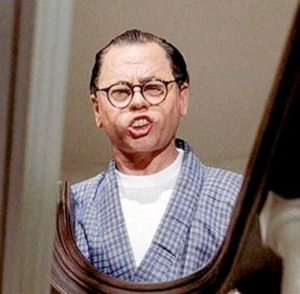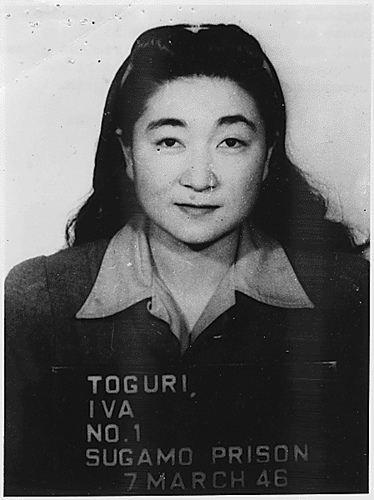


 Audrey Hepburn, one of the great, classic actresses of Hollywood of the '50s and '60s, may have died in 1993, but she's alive and well in American pop culture. Her name, and the 1961 film with which her face is most associated, "Breakfast at Tiffany's," came up in conversation a couple of weeks ago, and coincidentally, a TV series' plot later that week involved three women dressed as Hepburn's character from "Tiffany's," Holly Golightly, robbing a bank with her trademark sunglasses hiding their identity.
This week, The Gap began airing a pretty cool TV commercial that takes a Hepburn dance sequence from her 1957 musical co-starring Fred Astaire, "Funny Face," and sets her moves to AC-DC's "Back in Black." The commercial is pushing the retailer's new line of skinny black pants. Hepburn's character, a Greenwich Village beatnik who becomes a Paris model, is wearing hip skinny black pants in the dance scene.
Audrey Hepburn, one of the great, classic actresses of Hollywood of the '50s and '60s, may have died in 1993, but she's alive and well in American pop culture. Her name, and the 1961 film with which her face is most associated, "Breakfast at Tiffany's," came up in conversation a couple of weeks ago, and coincidentally, a TV series' plot later that week involved three women dressed as Hepburn's character from "Tiffany's," Holly Golightly, robbing a bank with her trademark sunglasses hiding their identity.
This week, The Gap began airing a pretty cool TV commercial that takes a Hepburn dance sequence from her 1957 musical co-starring Fred Astaire, "Funny Face," and sets her moves to AC-DC's "Back in Black." The commercial is pushing the retailer's new line of skinny black pants. Hepburn's character, a Greenwich Village beatnik who becomes a Paris model, is wearing hip skinny black pants in the dance scene.
 Iva Toguri D'Aquino died Sept. 26, 2006 at age 90, in Chicago. You might not know her, or remember her today, but she was a victim of circumstance who was once one of the most hated women in the United States.
You might not know her, but you might know her nickname: Tokyo Rose.
Iva Toguri D'Aquino died Sept. 26, 2006 at age 90, in Chicago. You might not know her, or remember her today, but she was a victim of circumstance who was once one of the most hated women in the United States.
You might not know her, but you might know her nickname: Tokyo Rose.
 Think “ukulele†and you’ll invariably get a quaintly exotic image in your head (and the wrong pronunciation – it’s “oo-koo-leh-leh,†not “you-koo-leh-lehâ€): warm sun, swaying grass skirts, coconut bras, colorful cocktails with umbrellas, and palm trees and a beach in the background.
Think “ukulele†and you’ll invariably get a quaintly exotic image in your head (and the wrong pronunciation – it’s “oo-koo-leh-leh,†not “you-koo-leh-lehâ€): warm sun, swaying grass skirts, coconut bras, colorful cocktails with umbrellas, and palm trees and a beach in the background.
It’s true, the ukulele is a stringed instrument that was born in Hawai’i (albeit it has its actual origins in a Portuguese instrument that was brought to the islands by 19th century sailors) and given its name, which means “jumping flea†in Hawai’ian. And it’s also true that the ukulele, which basically looks and acts like a miniaturized, four-string guitar, has helped spread Hawai’ian music and culture for a century, since Hawaiian music first caught the fancy of mainlanders during a 1915 exposition in San Francisco.
But the cute little uke isn’t just a tool for strumming up tourism to Honolulu.

This website uses cookies to improve your experience. We\'ll assume you\'re ok with this, but you can opt-out if you wish. Read More


